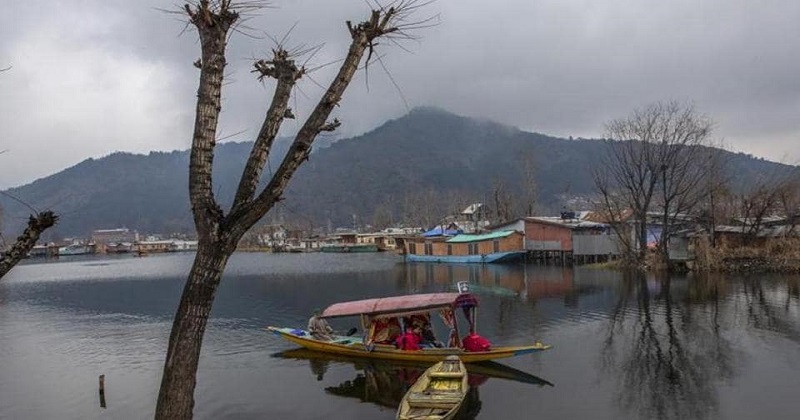
The Kashmiri media community has been experiencing a deep ideological divide for decades now. Media portrayals of the Kashmir conflict are based on opposing political narratives. Since the last 30 years, the media faction feeding the secessionist narrative has dominated in the Valley.
The media fraternity has produced multiple narratives of the separatist ideology for the masses to consume, not just through hard-core separatist organisations like the Hurriyat Conference, terror organizations like the Hizbul Mujahideen, the Jammu Kashmir Liberation Front (JKLF), or mainstream political parties peddling soft separatism. As a result, Kashmiris got influenced primarily by reading about and hearing about a single narrative. This story embedded separatism deeply into our minds through these propagandists operating under the guise of journalism.
Kashmir eventually suffered from the ‘single story’ syndrome. Nigerian author Chimamanda Ngozi Adichie describes it best as ‘The Danger of a Single Story’; she summarizes: ‘If we only hear about the people, the place, or the situation from one perspective, we may accept the whole truth’.
As a result of this conflict, ‘The Whole Truth’ was the first casualty. While endless stories, opinions, and interviews about alleged state violence became an everyday routine for these propagandists, the stories of those who suffered violence at the hands of separatists rarely found equal prominence in the media. Those stories slowly faded from public memory. The vicious cycle of producing secessionist narratives continued unabated as journalists who stood up for the ‘whole truth’ were either brutally murdered by Pakistan-backed terrorists or suppressed by threats and coercion, allowing the Pakistan-backed propaganda war to continue unchallenged.
As a result of Pakistan’s ISI supporting separatist organisations such as the Hurriyat Conference and others, secessionist propaganda was constantly bolstered by the media faction. The majority of this media faction are freelancers, which has made them the dominant voice in the Valley. As middlemen between the mainstream and the secessionist groups, they positioned themselves as power brokers in the Valley. Pandering to both sides, they amassed wealth and gained perks and privileges from both sides.
This led to the mushrooming of radicalised new-age journalists with a single agenda of tarnishing the image of Indian institutions and supporting secessionist ideology through their work and writings. By peddling a single separatist narrative, they also found employment and even full-time jobs with numerous national and international media outlets and subverted them from within. The new-age anti-India journalists also found support from some veteran ideologues, who not only trained them but also provided them support.
Several conflict entrepreneurs have been arrested for supporting Pakistan-backed terror organisations and participating in the recruitment of ground-based terror groups after Article 370 was abrogated and a crackdown on secessionist ideologues was conducted. The terrorists have managed to create a sympathetic narrative in the public despite their involvement in terror-related activities by citing the Constitution’s Freedom of Expression and Press Freedom. Hence, these media persons frequently refer to India as an oppressor in their public discourses.
Recent fights between two media factions over control of a press club demonstrated once again that the Pakistani establishment heavily invests in its media faction in Kashmir. There has been a flurry of tweets, coming from journalists in Pakistan, Hurriyat supporters, and ISI-backed members of the international diaspora, as well as the official Twitter handle of the Ministry of Foreign Affairs Pakistan (@ForeignOfficePK).
Press Council of India and Editors Guild were misled and made to believe a particular narrative of highhandedness on the part of the state. Honest journalism demands neutrality, and unless both sides’ stories are heard, the Kashmir single story syndrome will prevail.

Post Your Comments